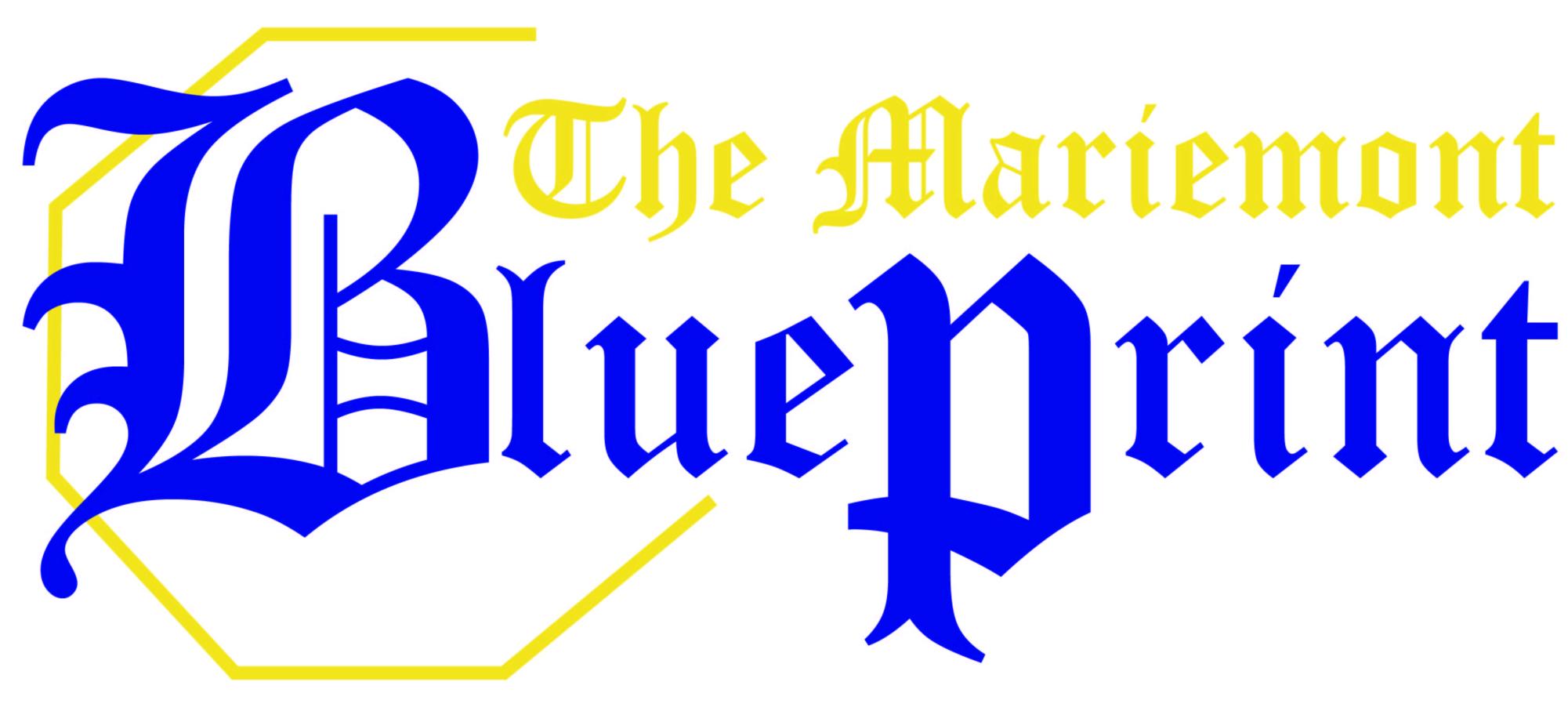How Does the Transition of Presidential Power Work?
April 7, 2021
BY JOSIE HOLT
In January 2021 the United States saw a strange transition of power between presidents. Former President Donald Trump falsely claimed he won the 2020 presidential race for weeks, before Biden’s swearing in, and by doing so, he allegedly incited a mob to storm into the U.S Capitol.
This is not the first time that transitioning presidents have had friction between each other. Professor Donald H. Haider, who participated in the transition between President Ford and President Carter, in the Office of Budget and Administration, said that “like quick-drying cement, a transition can lock in a new administration even before it gets moving,” (Haider). So what makes a transition go smoothly? And furthermore, how do they work?
To begin, U.S law actually stipulates that the outgoing administration aids the incoming administration before the election, and must have a council established by June of that election year, stipulated by The Presidential Transition Enhancement Act of 2019.
Each presidential candidate must also have a transition council. Starting with a federal transition coordinator (in Biden’s case Ted Kaufman), who oversees the entire process, as well as multiple councils who guide the transition, prepare candidates for federal roles, ascertain information, funding, office space, etc. Haider remarks “transitions begin sooner and sooner (spring or 10-12 months before inauguration) even before each party designates its presidential candidate” as the transition process can effectively make-or-break a presidency.
After receiving the nomination, the larger candidates receive office space and resources for their transition teams to start research on candidates for potential positions in the administration. Everything is focused on the candidates and the electoral race.
After Election Day there’s about 75 days until inauguration day, which is a very short amount of time to completely switch out an administration. Typically the loser concedes, The General Services Administration “ascertains” a winner, which means a winner is recognized and therefore the president-elect gets more resources for their transition team. Next world leaders send congratulations to the winner and establish relationships with the president-elect. Information on government agencies, national security, and operations are disclosed to the president-elect so they can make their decisions on federal positions and the direction of their administration. The Cabinet nominees are chosen and wait for Senate hearings. Then comes the Presidential Inauguration.
This is the essence of the presidential transition. However it is really never this easy. As seen in the transition from President Trump to President Biden, bitter loss and external problems weigh heavily on the transition, not to mention some intrinsic issues that have yet to be resolved.
Professor Haider outlines many problems in the transition system that he encountered during the Ford to Carter transition from 1975-1976, number one being the 300 critical appointments that remained unfilled when some of the most important decisions are supposed to be made. This is especially true in the recent transition, as COVID-19 made it even more difficult to secure nominees, and procure Senate hearings for all of them. Haider also critiques the handling of the federal budget “Outgoing presidents’ budgets have come to contain more ‘booby traps’ and deferred ‘time bombs’ that once was the case,” (Haider). Because the actual repercussions of presidential budgets have carried over to as long as 20 months later, the incoming president has to work with what the outgoing president allowed. This constricts the incoming president from making changes that may be necessary to aid the administration and hinders quality responses.
Of course there have been many solutions proposed and implemented to absolve some of these issues, but many still aren’t as effective as they could be. The Presidential Transition Acts are not enough to make the transition effective as Haider said in an interview “this (The Presidential Act of 2019) proved to be marginally helpful filling gaps in previous transition statutes”.
Even though there are multiple problems with the current transition of presidential power it is still a vital step in welcoming a new president into office. Hopefully as time passes, incoming and outgoing presidents can aid each others’ administrations in creating peaceful transitions and eventually some of the nearing issues can be fixed.
Sources:
Burke, John P. Becoming President: The Bush Transition, 2000-2003. Lynn Rienner Publishers, 2004. Google, books.google.com/books?hl=en&lr=&id=P1vqBn8oHdcC&oi=fnd&pg=PA1&dq=POTUS+transition&ots=T1QWcYLpzw&sig=WyjdW50gwWBA3XBihLPL81t9lhg#v=onepage&q=POTUS%20transition&f=false. Accessed 6 Apr. 2021.
Haider, Donald H. “Presidential Transitions: Critical, If Not Decisive.” Public Administration Review, vol. 41, no. 2, 1981, pp. 207–211. JSTOR, www.jstor.org/stable/3110075. Accessed 5 Apr. 2021.
Hogue, Henry B. Presidential Transition Act: Provisions and Funding.
Congressional Research Service, 13 Nov. 2020. Congress.gov, crsreports.congress.gov/product/pdf/R/R46602. Accessed 6 Apr. 2021.
Quotes were used from an email interview with Donald Haider
